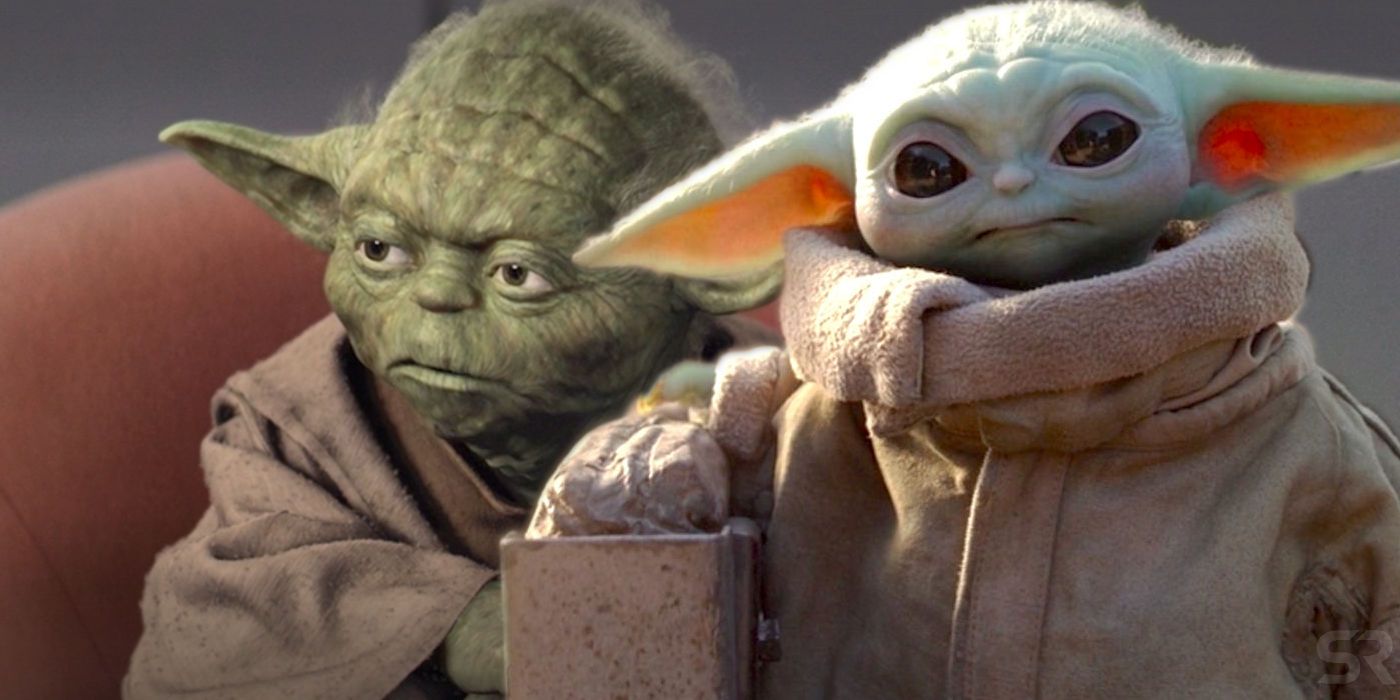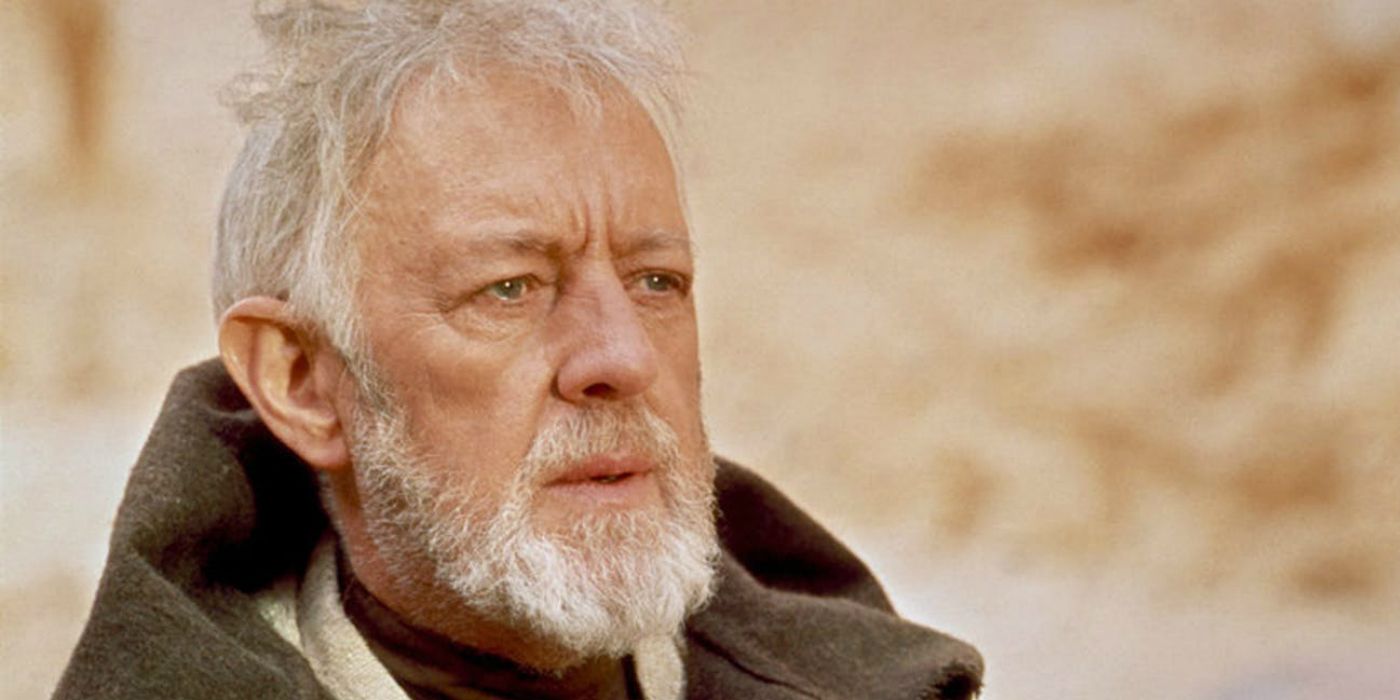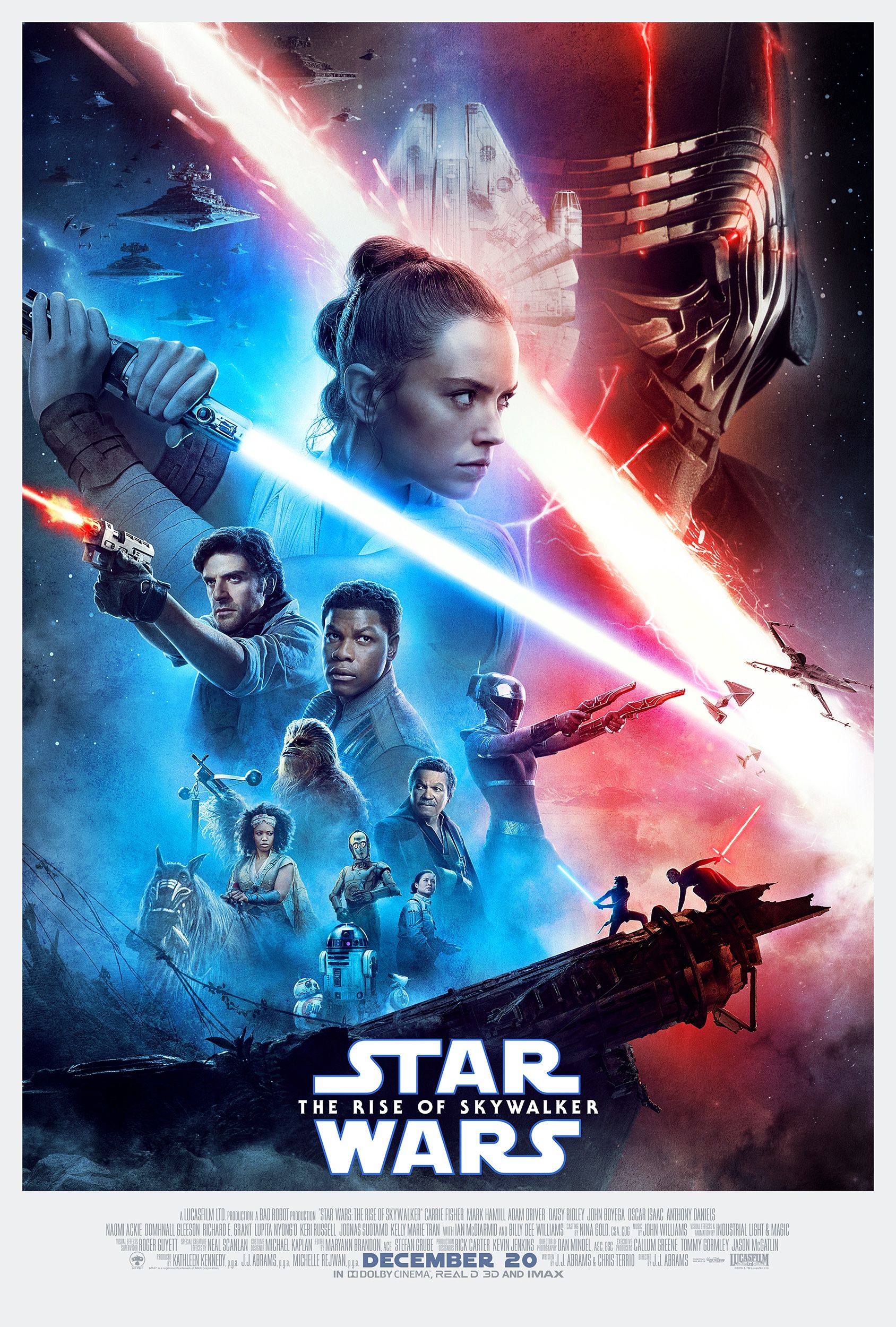The Mandalorian is sticking with George Lucas’ varying approach to traditional Jedi robes. Star Wars is not without inconsistencies and plot holes. Some of the most notable ones include: Obi-Wan naming Yoda as his Jedi Master in The Empire Strikes Back, Obi-Wan not recognizing R2-D2 in A New Hope, and Darth Vader not recognizing Leia as his daughter while torturing her (but can supposedly sense his other heir). Needless to say, the bulk of Star Wars’ narrative blunders stem from the precarious relationship between the prequels and original trilogy.
The first Star Wars movie ever released was A New Hope in 1977. It was conceived as a hopeful catalyst for the franchise; structured like a standalone just in case it did not warrant sequels. Obviously, the world reacted and Star Wars has since become a cultural phenomenon. Since then, Lucas and company have had to build upon many aspects of that first film as they expanded their universe - not the least of which was the concept of a Jedi.
Obi-Wan was the first Jedi introduced in Star Wars, who was in hiding on Tatooine after Order 66. Introduced as a wizard-like figure (pointy hood and all), Obi-Wan was sporting a billowing brown robe over a loosely-worn vest and pants. At the time, Obi-Wan's clothes were believed to be desert-like clothing for him to blend in with the environment. But when the prequels released, Obi-Wan's robes became the standard Jedi robes. And now, Lucasfilm and The Mandalorian are doubling down on that retcon by having Baby Yoda - a Force-sensitive child - dressed in similar robes.
For the most part, a Jedi’s traditional wardrobe has been modeled after what Obi-Wan was wearing in A New Hope; however, the original two movies don't present any evidence to support that creative decision. If Obi-Wan is in hiding from the Empire, and no one on Tatooine seems to know he’s a Jedi Master, then his outfit in A New Hope could better be defined as pragmatic Tatootine apparel. Otherwise, Obi-Wan is equatable to an undercover cop walking around in his dress blues. When we meet Yoda in The Empire Strikes Back (another Jedi Master in hiding), his brown robes can be written off as undercover wear as well. Return of the Jedi changes all of this by presenting us with the first garment-oriented retcon upon the film's conclusion.
At the beginning of Return of the Jedi, Luke has finally become a Jedi Knight and everyone recognizes him as one. Upon arriving at Jabba’s place, Luke is wearing a black robe with tighter-fitting black garments underneath. His wardrobe in that film is easily recognizable as similar Anakin’s clothes in the Prequel Trilogy. It would make sense if this was considered to be the traditional Jedi clothing if everyone else in the prequels didn't dress in nicer versions of what we saw Obi-Wan wearing on Tatooine. In addition to this, at the end of Return of the Jedi, we see Force ghosts of Obi-Wan, Yoda, and Anakin all wearing brown robes (which Anakin has never worn before).
Baby Yoda and his comparable robes immediately signifies him as Jedi-related. While this works on the surface, it still begs the question: why? Baby Yoda is presumably in hiding as well, being the target of a hefty bounty. It doesn’t make sense that whoever dressed him would want to give away his unique connection to the Force. These robes just reinforce the never-ending cycle of Jedi robe retconning that has occurred over the course of several decades.



